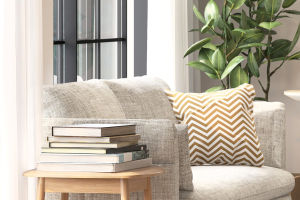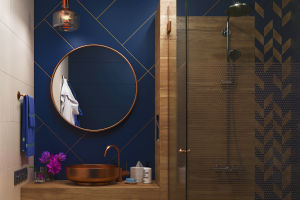Leather sofas represent an elegant and luxurious choice in home décor, cherished for their distinct texture and remarkable durability.
Quality Testing for Genuine Leather
When acquiring a leather sofa, it is imperative to comprehend the methods for evaluating its quality. The following are common methods:
Grain Inspection: Genuine leather often exhibits a natural grain, while synthetic leather tends to have a uniform texture.
Tactile Evaluation: Genuine leather should offer a warm and soft feel, as opposed to a cold and hard sensation.
Scent Analysis: Genuine leather usually exudes a distinctive leather aroma, whereas synthetic leather may have a chemical odor.
Bend Test: Flex the leather and observe for creasing. High-quality genuine leather should regain its original form.
Certification Check: Scrutinize the sofa for logos or certifications to confirm its authenticity.
Advantages of Leather Sofas
1. Texture and Aesthetics
Leather sofas boast a unique, natural texture and appearance, endowing each piece with individuality. They exude charm and elevate the taste and style of your home décor. Leather sofas seamlessly blend with diverse interior design styles and maintain a timeless, classic appeal.
2. Durability
Leather sofas are exceedingly robust and can endure for numerous years without showing noticeable signs of wear and tear. Their resilience derives from the inherent strength of natural leather, which resists wrinkling and wear, rendering them less susceptible to damage from scratches or punctures.
3. Ease of Maintenance
Leather sofas are more straightforward to clean compared to other furniture materials. Dust and stains can be effortlessly eradicated with a simple wipe of a damp cloth, unlike fabric sofas that necessitate frequent vacuuming and cleaning.
4. Comfort
Leather sofas provide comfortable seating. They adapt to your body temperature, ensuring warmth and comfort upon sitting. Additionally, leather sofas typically feature plush seat cushions that offer excellent support.
Disadvantages of Leather Sofas
1. High Cost
Genuine leather sofas are generally more expensive than their synthetic or fabric counterparts. Their production process incurs higher costs, resulting in a premium price tag that might not align with budget-conscious buyers.
2. Unsuitable for Pets
Leather sofas may not be the optimal choice if you have pets. The sharp claws of animals can readily scratch the leather's surface, and pet hair adheres more firmly, posing cleaning challenges.
3. Incompatibility with Extreme Environments
Leather sofas may encounter issues when exposed to high temperatures and humidity. Elevated temperatures can cause the leather to dehydrate, while humidity can foster mold growth.
4. Specialized Maintenance Required
Sustaining the beauty and performance of leather sofas mandates regular care and maintenance. This involves using dedicated leather care products and shielding them from direct sunlight.
In summary, leather sofas present an upscale furniture option known for their distinctive aesthetics, durability, and ease of cleaning. Nonetheless, they also exhibit certain drawbacks, including their high cost and limited suitability for households with pets.
Prior to investing in a leather sofa, consumers should weigh the pros and cons to ensure that it aligns with their requirements and budget. Simultaneously, regular maintenance and care are pivotal in extending the lifespan of leather sofas while preserving their aesthetic appeal.


